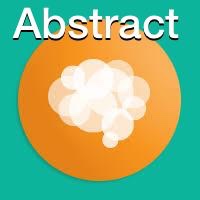Lumbar drain trial outcomes of normal pressure hydrocephalus: a single-center experience of 254 patients.
Abstract
OBJECTIVEA short-term lumbar drain (LD) trial is commonly used to assess the response of normal pressure hydrocephalus (NPH) patients to CSF diversion. However, it remains unknown whether the predictors of passing an LD trial match the predictors of improvement after ventriculoperitoneal shunting. The aim of this study was to examine outcomes, complication rates, and associations between predictors and outcomes after an LD trial in patients with NPH.METHODSThe authors retrospectively reviewed the records of 254 patients with probable NPH who underwent an LD trial between March 2008 and September 2017. Multivariate regression models were constructed to examine predictors of passing the LD trial. Complications associated with the LD trial procedure were recorded.RESULTSThe mean patient age was 77 years and 56.7% were male. The mean durations of gait disturbance, cognitive decline, and urinary incontinence were 29 months, 32 months, and 28 months, respectively. Of the 254 patients, 30% and 16% reported objective and subjective improvement after the LD trial, respectively. Complications included a sheared LD catheter, meningitis, lumbar epidural abscess, CSF leak at insertion site, transient lower extremity numbness, slurred speech, refractory headaches, and hyponatremia. Multivariate analyses using MAX-R revealed that a prior history of stroke predicted worse outcomes, while disproportionate subarachnoid spaces (uneven enlargement of supratentorial spaces) predicted better outcomes after the LD trial (r2 = 0.12, p < 0.05).CONCLUSIONSThe LD trial is generally safe and well tolerated. The best predictors of passing the LD trial include a negative history of stroke and having disproportionate subarachnoid spaces.


